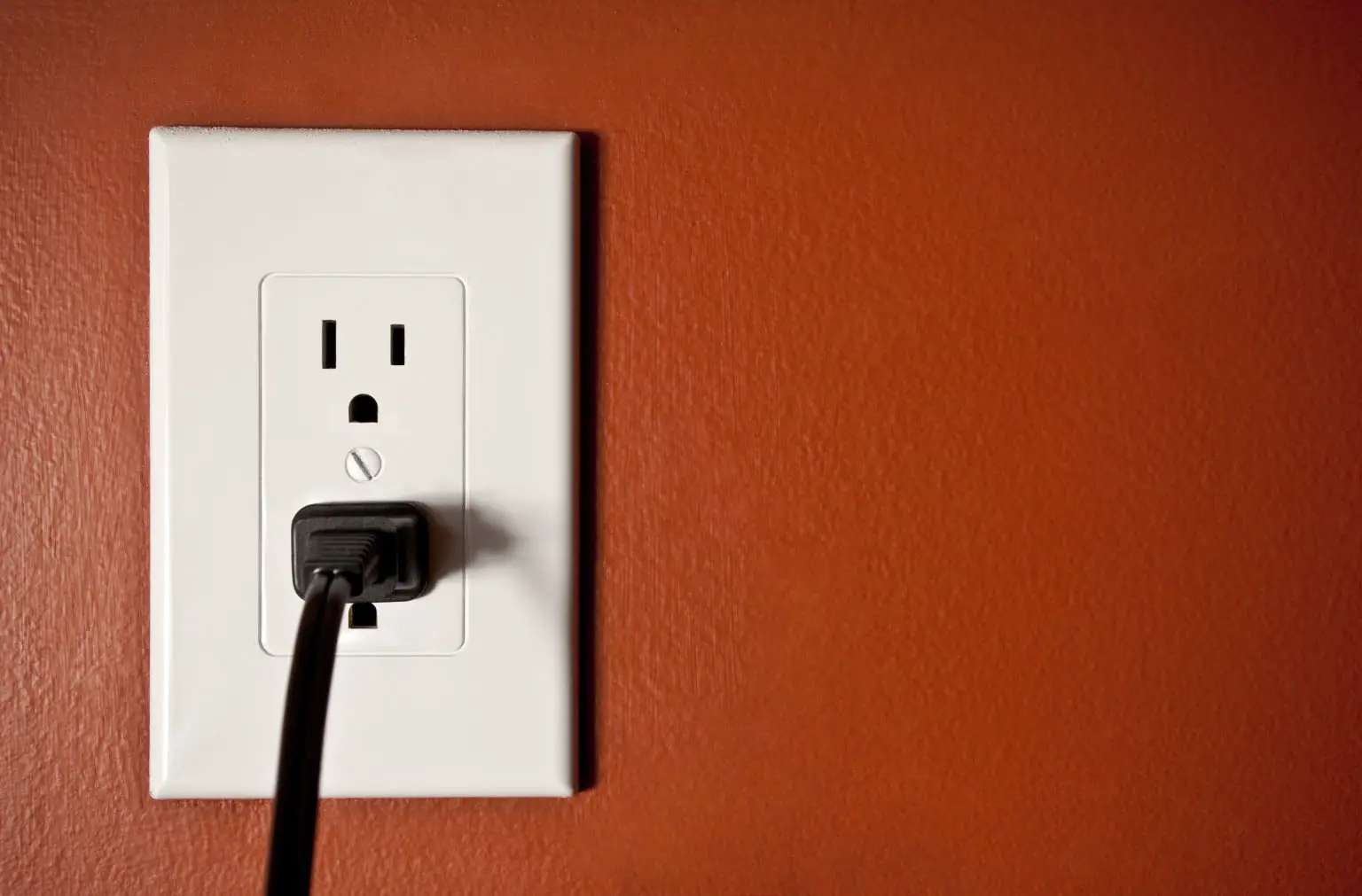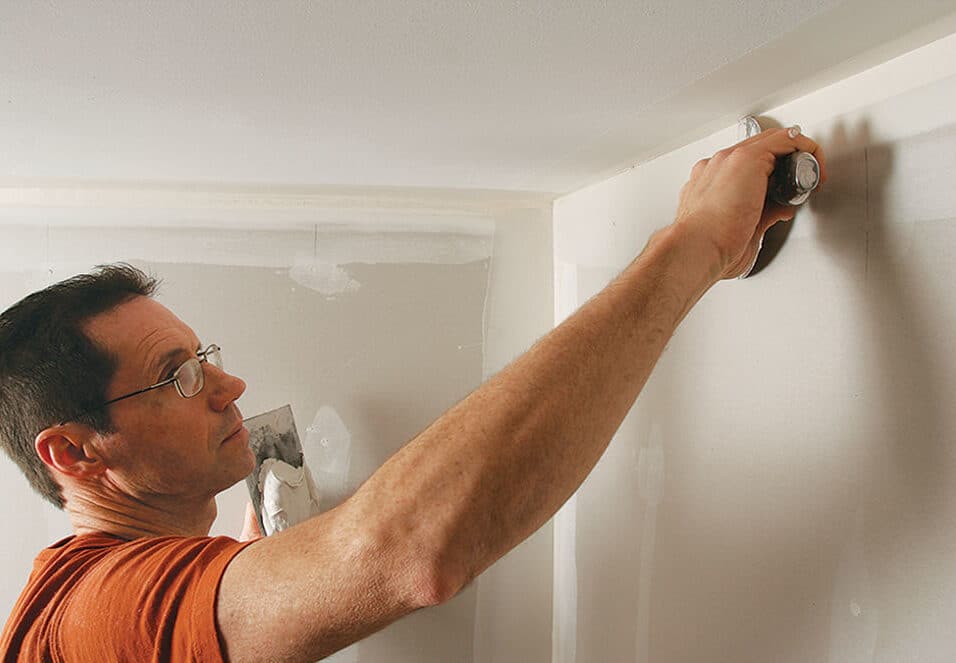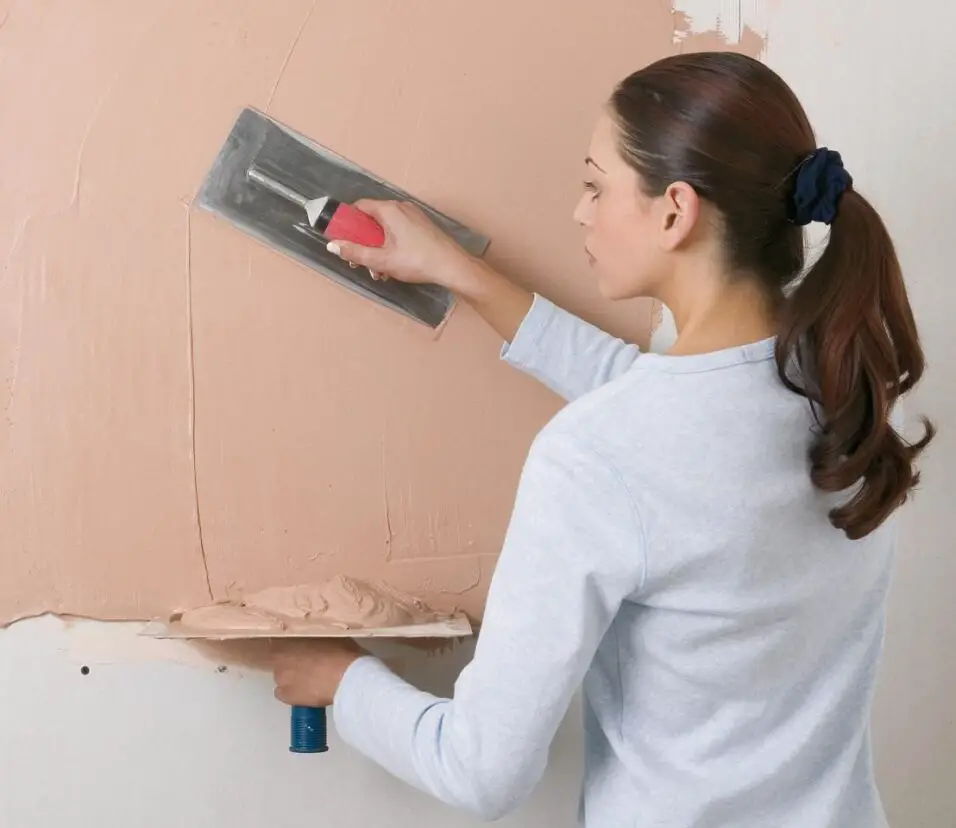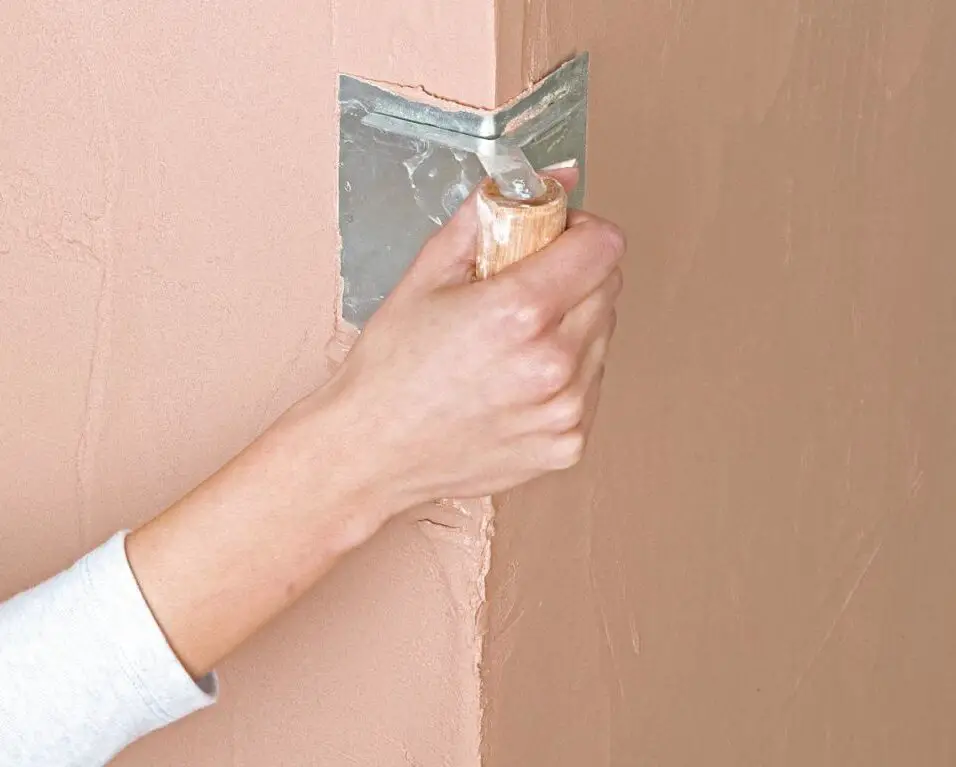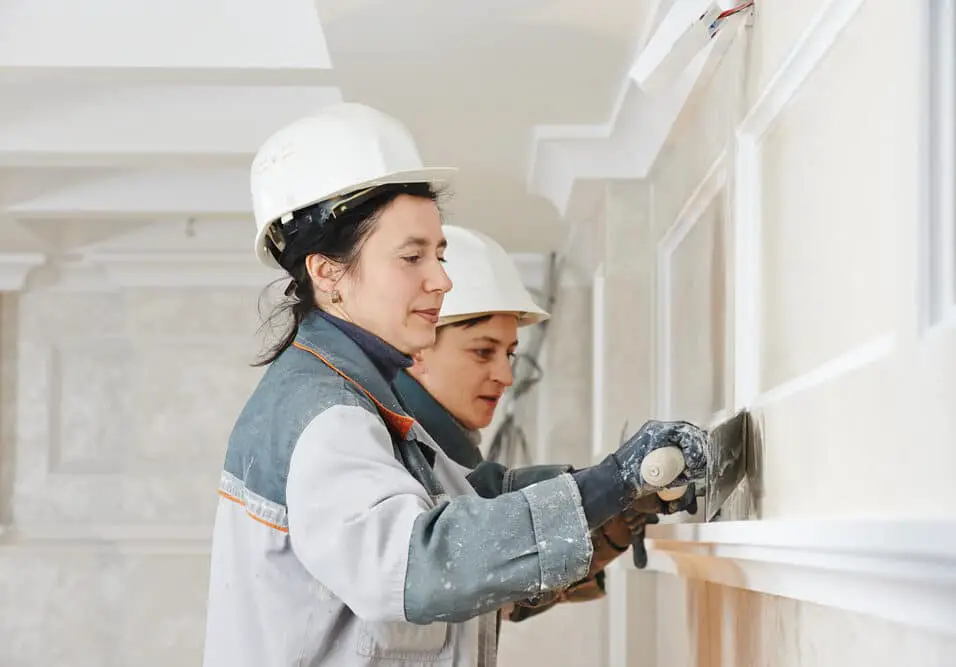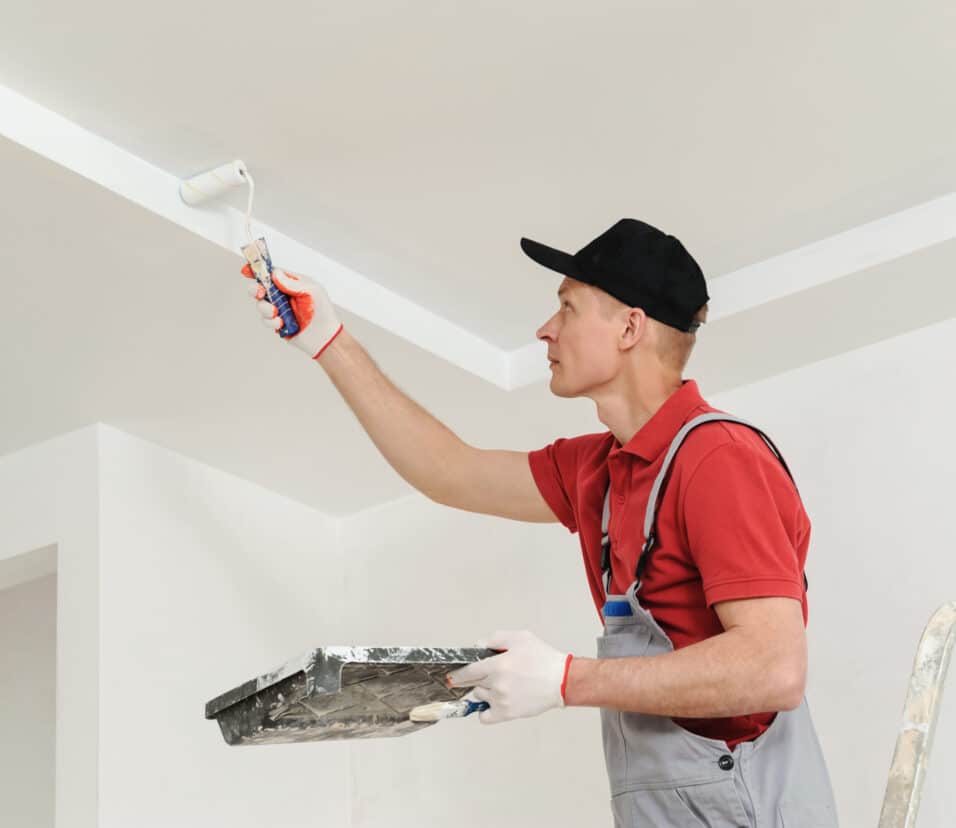How To Add An Outlet To A Finished Wall
Introduction
How To Add An Outlet To A Finished Wall: Adding an electrical outlet to a finished plywood wall can seem like a daunting task, but with the right tools, knowledge, and precautions, it can be a rewarding DIY project. Whether you need an extra outlet for convenience or to accommodate new electrical appliances, following the proper steps ensures a safe and efficient installation.
Before you begin, it’s crucial to assess your electrical skills and comfort level. If you’re unsure or unfamiliar with electrical work, it’s best to consult a qualified electrician to avoid potential hazards. However, if you have some experience and confidence, proceed with caution and ensure the power to the area is turned off at the circuit breaker.
Once you’ve confirmed the power is off, gather the necessary tools such as a voltage tester, a circuit breaker finder, wire strippers, a drill, an electrical box, and suitable electrical cables. Plan the location of your new outlet carefully, considering nearby studs, baseboards, and other obstacles. Trace the outlet box template on the wall, ensuring its level and square.
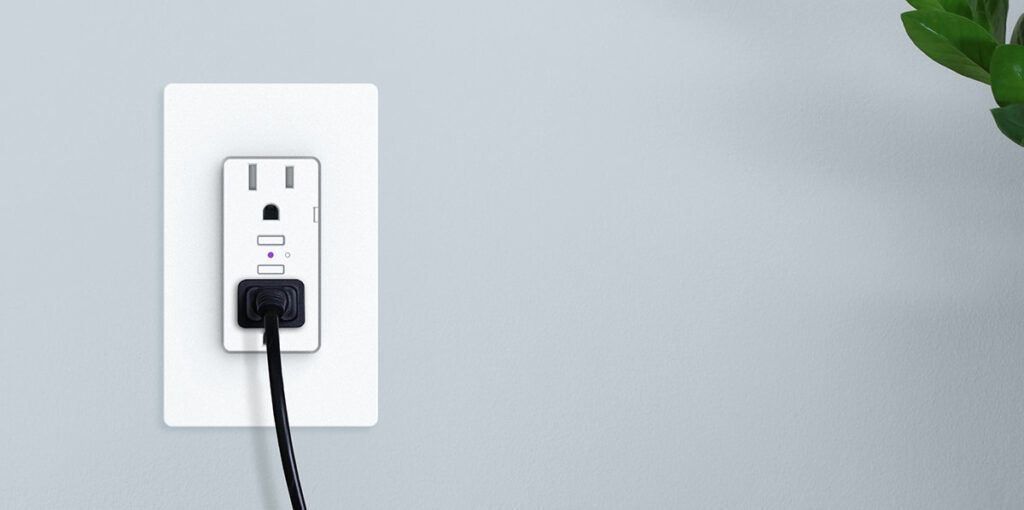
How much does it cost to add an outlet to a finished wall?
The cost to install a replacement outlet typically ranges from $65-$125. Making a change to your home’s wiring, such as adding a new circuit or moving an outlet to a new location, could cost $200 or more. How long does outlet installation take? It can take less than 30 minutes to replace an existing electrical outlet.
The cost of adding an outlet to a finished wall can vary depending on several factors. These factors include the location of the wall, the complexity of the electrical work required, and the region’s labor rates. Generally, the cost can be broken down into two main components: materials and labor.
Materials typically include the electrical outlet, electrical box, wiring, and any necessary connectors or fasteners. These components can range from a few dollars to around $50, depending on the quality and type of outlet and box chosen.
Labor costs are a significant consideration. If you decide to hire a licensed electrician for the installation, their fees will depend on their experience, location, and the difficulty of the project. Electricians may charge an hourly rate or provide a fixed quote for the entire job.
On average, the cost of adding a single outlet to a finished wall can range from $100 to $300, including both materials and labor. However, this cost can increase if multiple outlets are added or if the wall’s construction requires additional effort, such as dealing with concrete or difficult access.
How easy is it to add an outlet to a wall?
Running a new circuit from the main service panel or extending an existing circuit can make installing or mending an electrical outlet more complex than replacing it.
Your electrical experience, wall accessibility, and electrical system complexity determine how easy it is to install an outlet to a wall. Beginners may struggle, but experienced DIYers and electricians may find it easy.
Installing a new outlet on a wall is reasonably easy if you have electrical experience. For individuals without electrical experience, it might be more complicated and dangerous. In such circumstances, expert help is recommended for safe and reliable installation.
Wall type might also affect difficulty. Drywall and plaster are easier to install than concrete or brick walls, which require special tools and methods for drilling and mounting the outlet box.
Can you put a new outlet in the wall?
Adding a new outlet without ripping apart a wall is easy if you have an outlet on the other side. Extra holes absent. No messy repairs or repainting. We used this method to position our TV against a family room wall without an outlet. Yes, adding an outlet to the wall can enhance the number of electrical outlets in a room or accommodate new appliances. New outlets need building an electrical box, laying cables, and connecting to the electrical system.
Before installing a new outlet, examine your electrical knowledge and comfort. To ensure safety and code compliance, consult a licensed electrician if you’re unfamiliar with electrical work.
Start by carefully considering the new outlet’s location if you decide to proceed. Consider the electrical needs of your gadgets and find a nearby electrically compliant location.
After choosing a place, cut a wall hole for the electrical box. Run cables from the nearest outlet or junction box to the new site. Secure the cords to the wall and protect them.
Next, link the hot, neutral, and ground wires to the outlet receptacle within the electrical box.
Is it expensive to add an outlet?
You may upgrade to USB outlets or add a new position in your kitchen with our aid. Standard outlet replacement or installation costs $125–175. The national average per outlet is $100–$500, depending on work intricacy. The cost of adding an outlet depends on its location, the electrical system’s complexity, and whether it’s a DIY or professional project.
If you do it yourself, the electrical box, outlet receptacle, cabling, and other supplies will be the biggest costs. You can save money on these goods if you already have some of the tools.
If you’re not an electrician, making mistakes during installation can cost you more money to repair walls or rectify wiring.
Can I add an outlet to my room?
This video shows how a power strip and wires under a carpet can be dangerous. You can add an outlet to your room, but be careful and follow safety requirements. An outlet can be added to accommodate more electrical devices or make outlets more accessible.
Assess your electrical knowledge and comfort before starting. To ensure proper installation, call a licensed electrician if you’re unfamiliar with electrical work. Electricians know how to wire and connect things precisely.
If you feel secure in your ability and install yourself, take care. Turn off the power at the circuit breaker and use a voltage tester to check for wire current.
What tools and materials do I need for this project?
You’ll need a voltage tester, circuit breaker finder, wire strippers, electrical box, electrical cable, drill, and appropriate screws for securing the outlet. Ensure you have all the necessary tools before beginning the installation.
To successfully add an outlet to a finished wall, you’ll need a specific set of tools and materials to ensure a safe and efficient installation. Before embarking on the project, gather the following essential items:
Voltage Tester: A crucial tool to verify if the power is off before working on the electrical connections. This helps prevent potential electrical shocks.
Circuit Breaker Finder: This handy device allows you to identify the correct circuit breaker for the area where you’ll be adding the outlet. It ensures you’re working on the right circuit, enhancing safety.
Wire Strippers: These are essential for cleanly removing the insulation from electrical wires, enabling proper connections.
Electrical Box: Choose an appropriate electrical box size that complies with local electrical codes and fits your intended outlet.
Electrical Cable: Ensure you have the right type and gauge of electrical cable (e.g., Romex) to supply power from an existing outlet or junction box to the new outlet location.
Drill: A power drill with the appropriate bits is essential for creating a hole in the wall to accommodate the electrical box.
Outlet Receptacle: Select a quality outlet that matches your electrical requirements and fits the chosen electrical box.
Screws: You’ll need screws to secure the outlet in place within the electrical box.
By having these tools and materials readily available, you’ll be well-prepared to tackle the project efficiently and safely, ensuring the successful addition of an outlet to your finished wall. Remember to exercise caution and follow all safety guidelines throughout the installation process.
How do I know which circuit breaker to connect the new outlet to?
To find the right breaker, you can use a circuit breaker finder or have someone help you while you test the outlet with a voltage tester. Make sure the power is off before working on the wiring. Knowing which circuit breaker to connect the new outlet to is a crucial step in the process of adding an outlet to a finished wall. Connecting the outlet to the wrong circuit can lead to overloaded circuits, potential electrical hazards, and even damage to sensitive electrical devices. Fortunately, there are several methods to determine the appropriate circuit breaker:
Circuit Breaker Finder
A circuit breaker finder is a handy tool designed specifically for this purpose. It consists of a transmitter that plugs into the outlet you want to work on and a receiver that scans the circuit breakers in the electrical panel. When the receiver identifies the correct circuit breaker, it will emit an audible or visual signal.
Voltage Tester
Alternatively, you can use a voltage tester to identify the circuit breaker manually. Turn off the power to the area you’ll be working on, and then carefully remove the outlet cover. Test each wire in the outlet box to ensure there is no electricity running through them. Once you find the live wire, turn the power back on and use the voltage tester on the circuit breakers until you find the one that corresponds to the live wire.
Remember always to exercise caution when working with electricity, turn off the power to the area you’ll be working on, and use appropriate safety equipment. If you are unsure about identifying the circuit breaker, it is best to seek assistance from a qualified electrician to ensure a safe and accurate connection.
Can I use an extension cord instead of adding an outlet?
While it may seem like a quick fix, using extension cords as a permanent solution can be hazardous. It’s best to install additional outlets professionally to ensure the safety of your electrical system and prevent potential tripping hazards.
Using an extension cord as a permanent solution instead of adding an outlet is not recommended and can pose several safety risks. Extension cords are designed for temporary use, such as providing power to appliances or tools in areas where outlets are not easily accessible. They are not intended for continuous or long-term use as a substitute for proper electrical outlets.
One of the primary concerns with using extension cords long-term is the increased risk of electrical fires. Extension cords can overheat when they are constantly plugged in and draw more power than they are designed to handle. This can lead to melting of the cord’s insulation, which may result in sparks or a fire hazard.
Moreover, extension cords stretched across floors or walkways can become tripping hazards, leading to potential injuries. They may also be susceptible to damage from foot traffic, furniture, or other objects, further compromising their safety.
Using extension cords for permanent electrical setups may also not comply with building codes and electrical regulations. Electrical codes exist to ensure the safety of occupants and prevent electrical accidents, and using extension cords as a substitute for outlets violates these important safety standards.
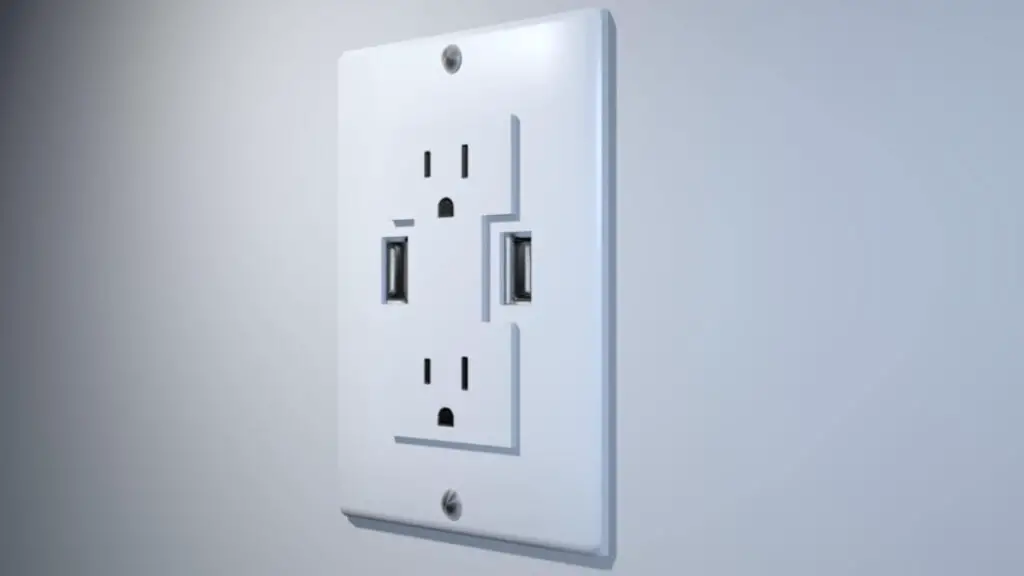
Conclusion
Safety should always be the top priority throughout the project. Before starting, it is essential to assess one’s electrical expertise, and if unsure, seeking assistance from a qualified electrician is the best course of action. By doing so, potential hazards can be avoided, and the risk of electrical accidents minimized.
Proper planning and preparation play a significant role in the success of the project. Carefully choose the location of the new outlet, considering nearby obstructions and ensuring it complies with local electrical codes. Accurate measurements and precise cuts for the outlet box are essential to guarantee a snug and secure fit.
During the installation process, attention to detail is vital. Properly connecting the wires, grounding the system, and securely fastening the outlet in place are crucial steps that ensure the outlet functions as intended and remains safe for regular use.



